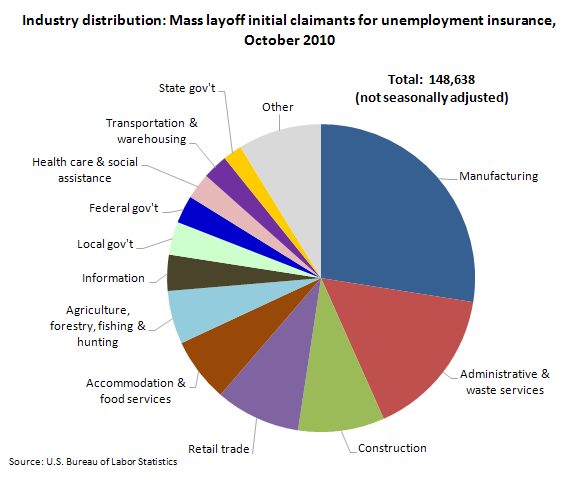- Home
SUBJECT AREAS »
- Inflation & Prices
- Spending & Time Use
- Unemployment
- Employment
- Pay & Benefits
- Productivity
- Workplace Injuries
- International
- Demographics
- Industries
- Business Costs
- Occupations
- Geography
Resources For »
- Business Leaders
- Consumers
- Economists
- Investors
- Jobseekers
- Media
- Public Policymakers
- Students & Teachers
- Survey Respondents
At a Glance Tables »
- U.S. Economy
- Regions, States, & Areas
- Industries
- International
- Subject Areas
-
Inflation & Prices »
- Consumer Price Index
- Producer Price Indexes
- Import/Export Price Indexes
- Employment Cost Index
- Contract Escalation
- Price Index Research
- Inflation & Prices Overview
-
Pay & Benefits »
- Employment Costs
- National Compensation Data
- Wages by Area & Occupation
- Earnings by Demographics
- Earnings by Industry
- County Wages
- Benefits
- Compensation Research
- Strikes & Lockouts
- Pay & Benefits Overview
-
Spending & Time Use »
- Consumer Expenditures
- How Americans Spend Time
-
Unemployment »
- National Unemployment Rate
- State & Local Unemployment Rates
- Mass Layoffs
- Unemployment Research
- Unemployment Overview
-
Employment »
- National Employment
- State & Local Employment
- State & County Employment
- Worker Characteristics
- Employment Projections
- Job Openings & Labor Turnover
- Green Goods and Services
- Green Technologies and Practices
- Employment by Occupation
- Work Experience Over Time
- Business Employment Dynamics
- Employment Research
- Employment Overview
-
Workplace Injuries »
-
Productivity »
- Labor Productivity & Costs
- Multifactor Productivity
- Productivity Research
- Productivity Overview
-
International »
- International Labor Comparisons
- International Technical Cooperation
- Import/Export Price Indexes
- International Overview
-
REGIONAL OFFICES »
- New England (Boston)
- New York-New Jersey (NY City)
- Mid-Atlantic (Philadelphia)
- Southeast (Atlanta)
- Midwest (Chicago)
- Southwest (Dallas)
- Mountain-Plains (Kansas City)
- West (San Francisco)
- Regional Overview
-
- Databases & Tools
- Publications
- Economic Releases
- Beta

